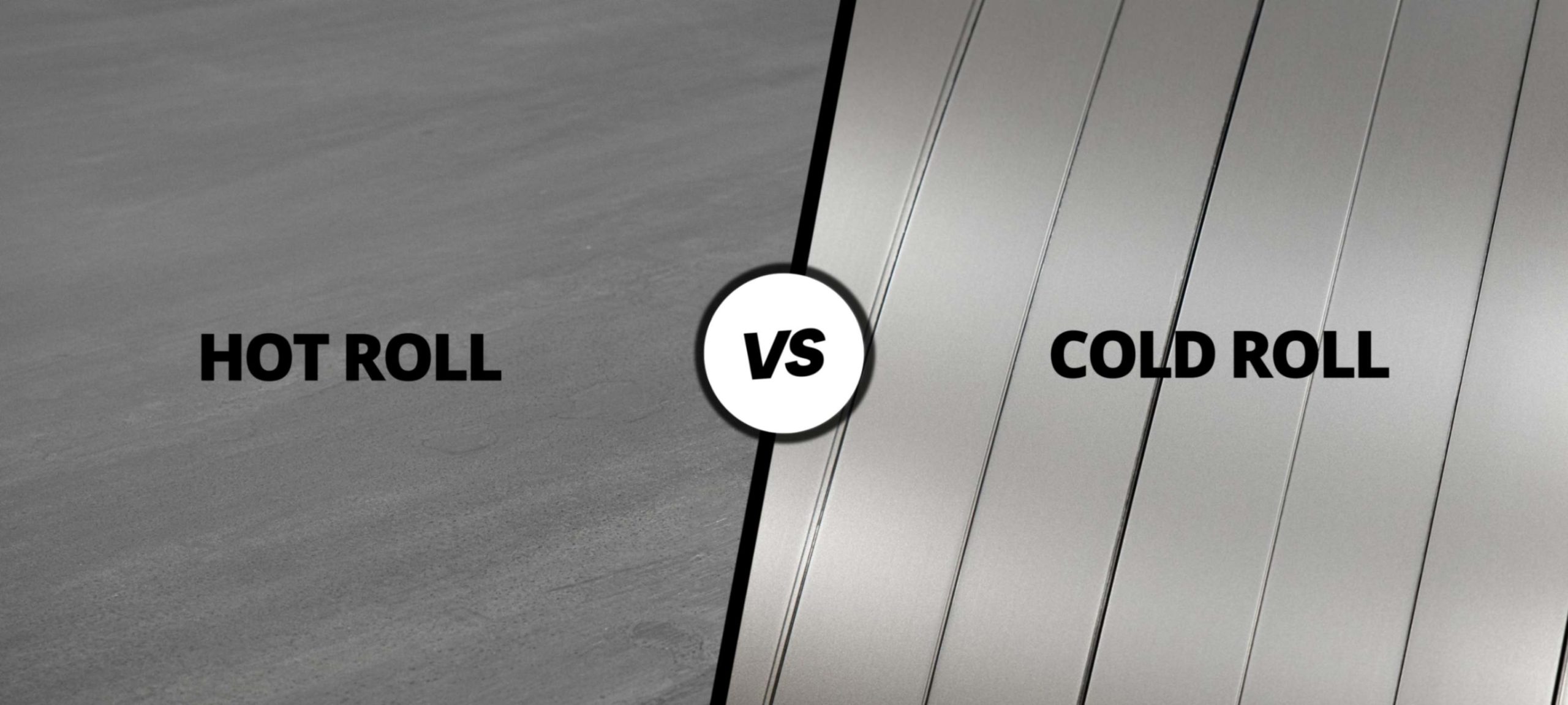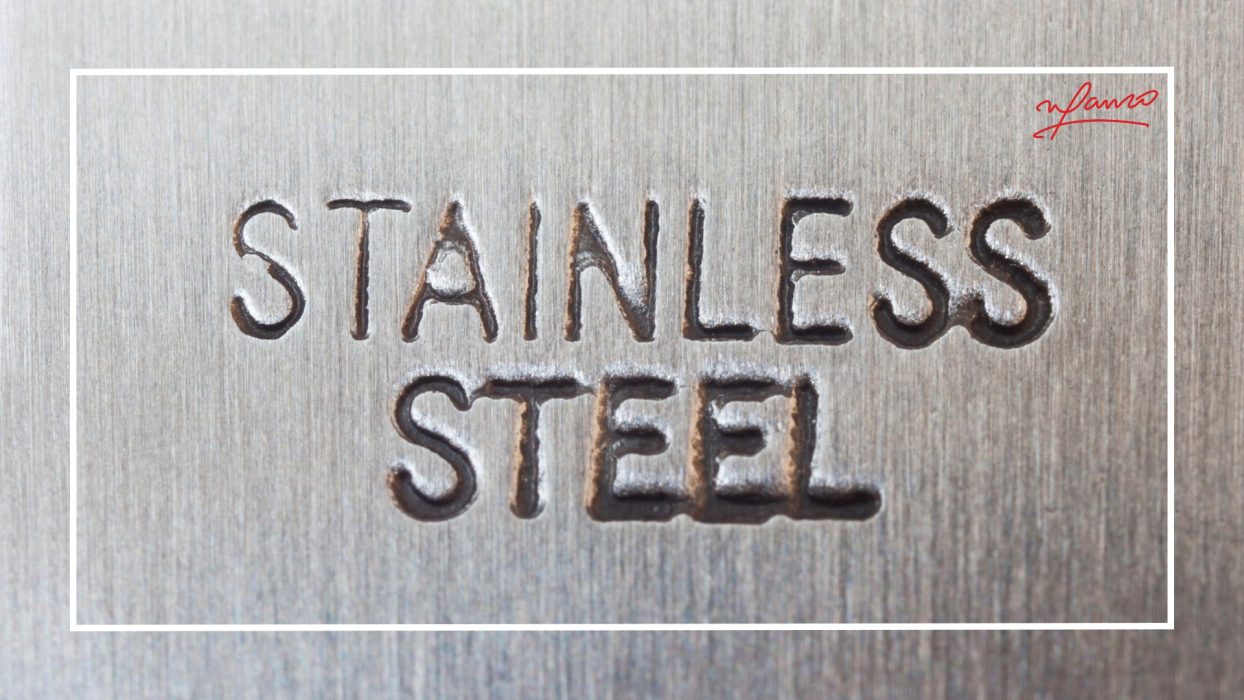Learn when to use hot rolled plate and when to use cold rolled sheet. Compare making route properties tolerances and cost. By Namco Industries.
Introduction:
Confused between hot rolled plate and cold rolled sheet
You are not alone. The right choice affects fit up, welding time, surface finish, and cost. In this guide you will learn how each product is made, what that means for properties and tolerances, and how to decide quickly for real projects. Let us turn a common buying dilemma into a simple decision.
Manufacturing route and why it matters
Start with how each product is made. Production steps shape thickness range, surface finish, and price.
- Hot rolled plate begins as a slab that is reheated and reduced at high temperature to the final thickness. This route delivers practical flatness, good ductility, and sizes suited to fabrication.
- Cold rolled sheet starts as pickled hot rolled coil then goes through further reduction at room temperature on a cold reduction mill. This route delivers closer thickness tolerance and a smoother surface for cosmetic or precision uses. For formal definitions see the World Steel Association glossary. worldsteel.org
What changes in properties tolerances and cost
Once you understand the route, the trade offs are easy to weigh.
Thickness range and form factor
Hot rolled plate covers medium to heavy gauges that fabricators cut and weld into structures, tanks, and frames. Cold rolled sheet targets light gauges for enclosures, panels, and formed parts.
Mechanical behavior
Hot rolled plate offers dependable ductility and predictable bending at common radii. Cold rolling work hardens the sheet which raises strength and hardness. That can help for stiffness in thin parts but may require stress relief if you plan deep forming.
Surface finish
Hot rolled plate ships in mill finish or shot blasted and primed when you want to speed layout and welding. Cold rolled sheet arrives with a smoother finish such as two B or bright annealed which suits painted or visible surfaces.
Tolerances and flatness
Cold rolled sheet typically holds tighter thickness tolerance out of the mill. For plate work you can still achieve clean fit up by specifying thickness and flatness classes that match your gasket or machining needs.
Cost and lead time
Hot rolling is usually the economical path for heavier sections and large pieces. Cold rolling adds extra processing which improves precision and finish at added cost. Balance unit price with fabrication time and downstream finishing.
For material families and grades used in plate work, see our Mild Steel Plates guide for structural and general fabrication. If your environment demands elevated temperature or special strength, review our Alloy Steel Plates page.
How to decide fast for real projects
Use these quick rules to move from question to purchase.
- Need strength at medium to heavy thickness
Choose hot rolled plate and set clear tolerances. - Need a smooth cosmetic surface at thin gauge
Choose cold rolled sheet and plan the paint or finish system. - Complex forming at light gauge
Cold rolled sheet can help but check bend radii and consider anneal if cracking risk appears. - Heavy welding with long seams
Hot rolled plate keeps weld volume manageable and delivers stable behavior under heat input. - Tight machining or gasket seating on plate
Ask for closer flatness and thickness classes during RFQ rather than fixing it after delivery.
Tip for buyers
Share grade, standard, thickness, width and length, finish, and any processing needs when you request a quote. Clear inputs speed accurate pricing and reduce revisions.
Conclusion:
Pick the product that matches your job not a label. Use hot rolled plate for strength and productivity in medium to heavy sections. Use cold rolled sheet when you need light gauge with a smooth finish and tight thickness control. If you want help matching a grade and tolerance set to your drawings, send your requirement and contact our team for a quick consult and a precise RFQ.



